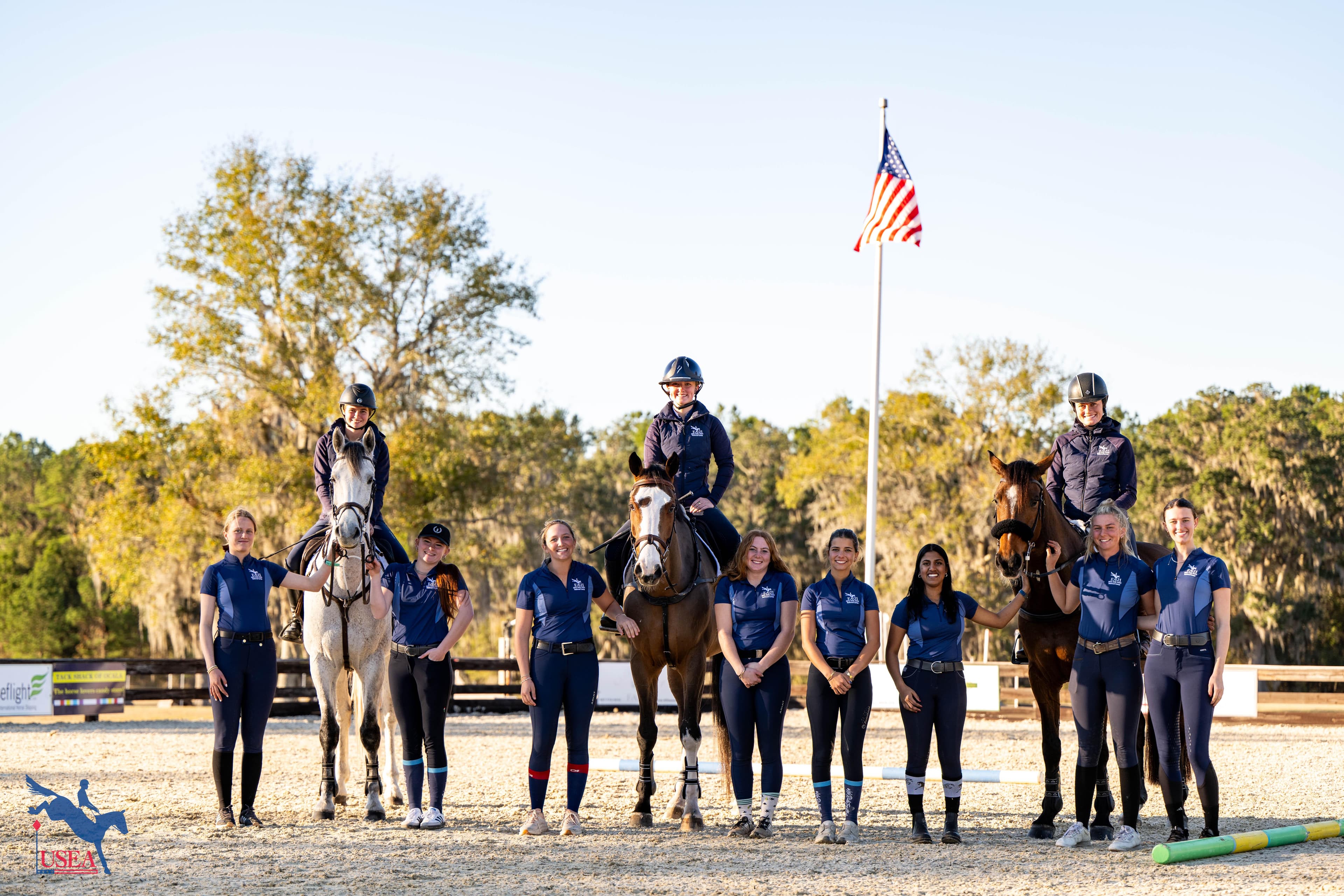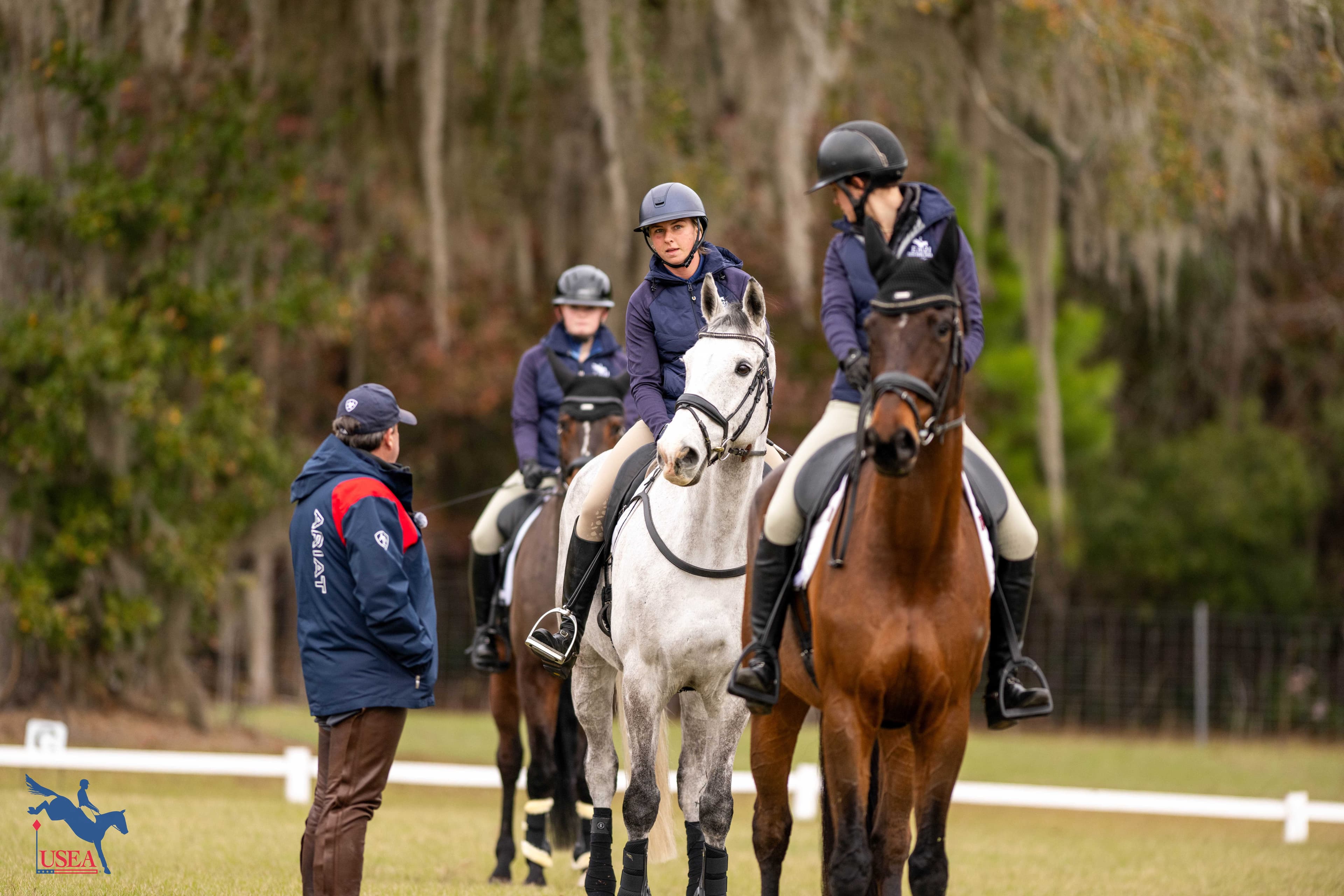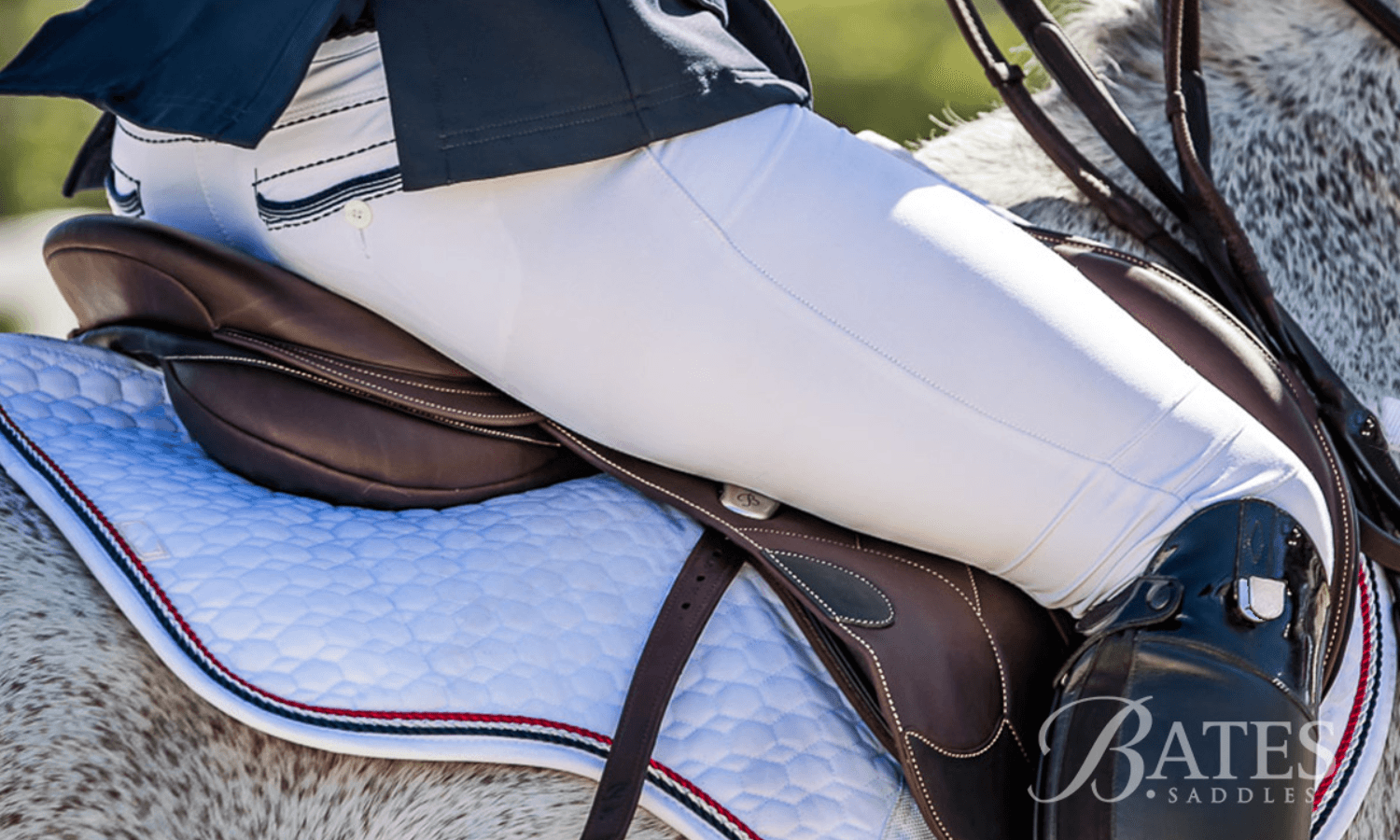The Classic Series Conditioning Schedule with Jim Wofford
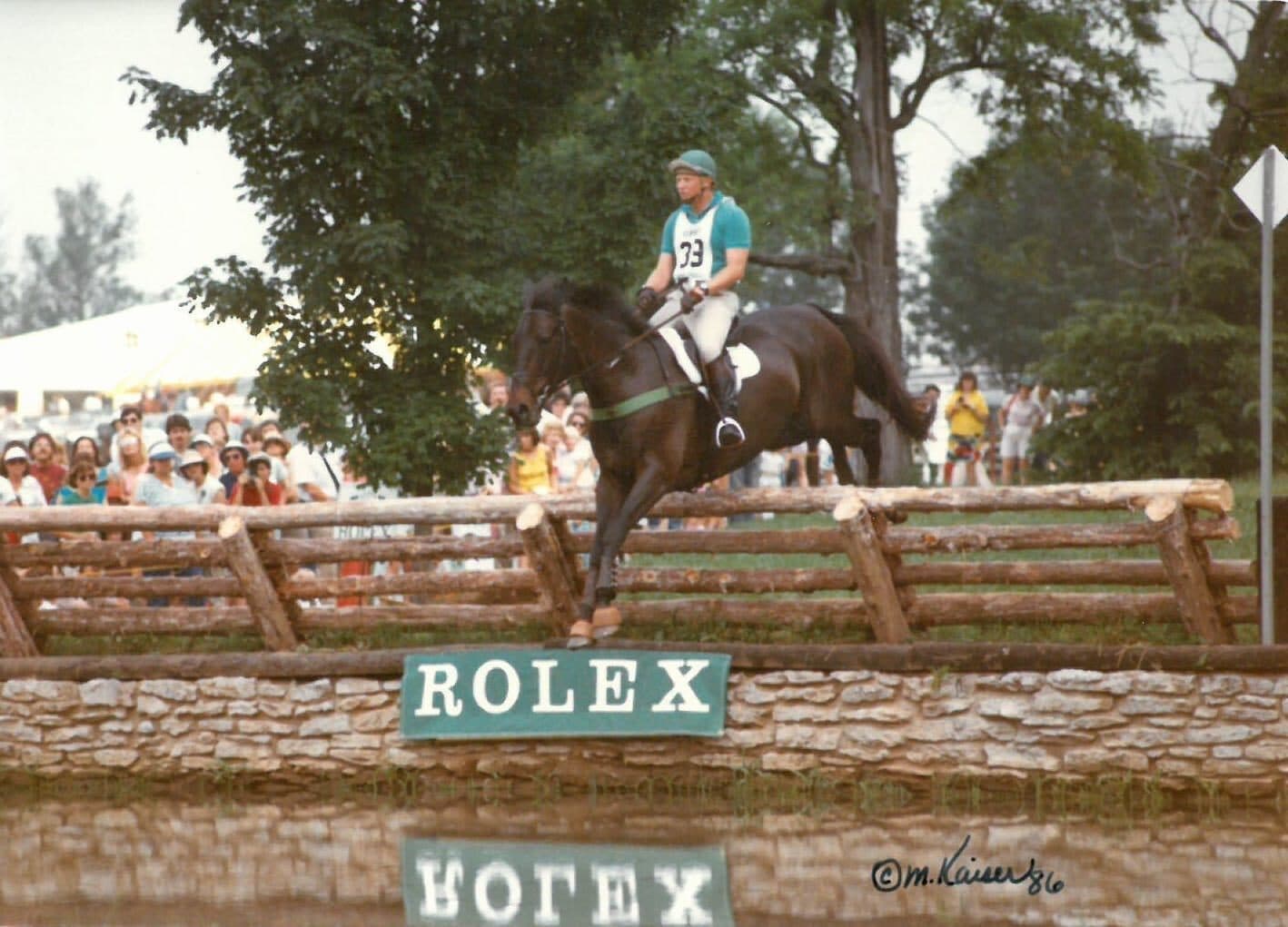
The United States is one of the few countries to still see steeplechase in the sport of three-day eventing through the USEA Classic Series. By offering phase A through D on endurance day (phase B being steeplechase), a Classic Series event is a true test of physical and mental fitness for both horse and rider. Jim Wofford, a world-renowned expert in conditioning event horses, has a tried and true system that’s suitable for any Classic Series competitor.
Regardless of the level, a key component in Wofford’s system is having a structured conditioning schedule. “I would encourage people to do this at the Novice and Training level because it gets them in the routine. It [also] makes sure the horse is physically prepared. You’re going to be on the horse’s back for longer than most people have ever been on a horse in their life – and it’s under competitive circumstances. You don’t want to prepare for that in a haphazard way,” said Wofford.
“Your horse enters into the competition firmly believing in you and that you would not ask him anything that he can’t do. If he is not fully prepared, he will injure himself because of your lack of preparation.” Therefore, conditioning a horse in an organized, structured way is most important.
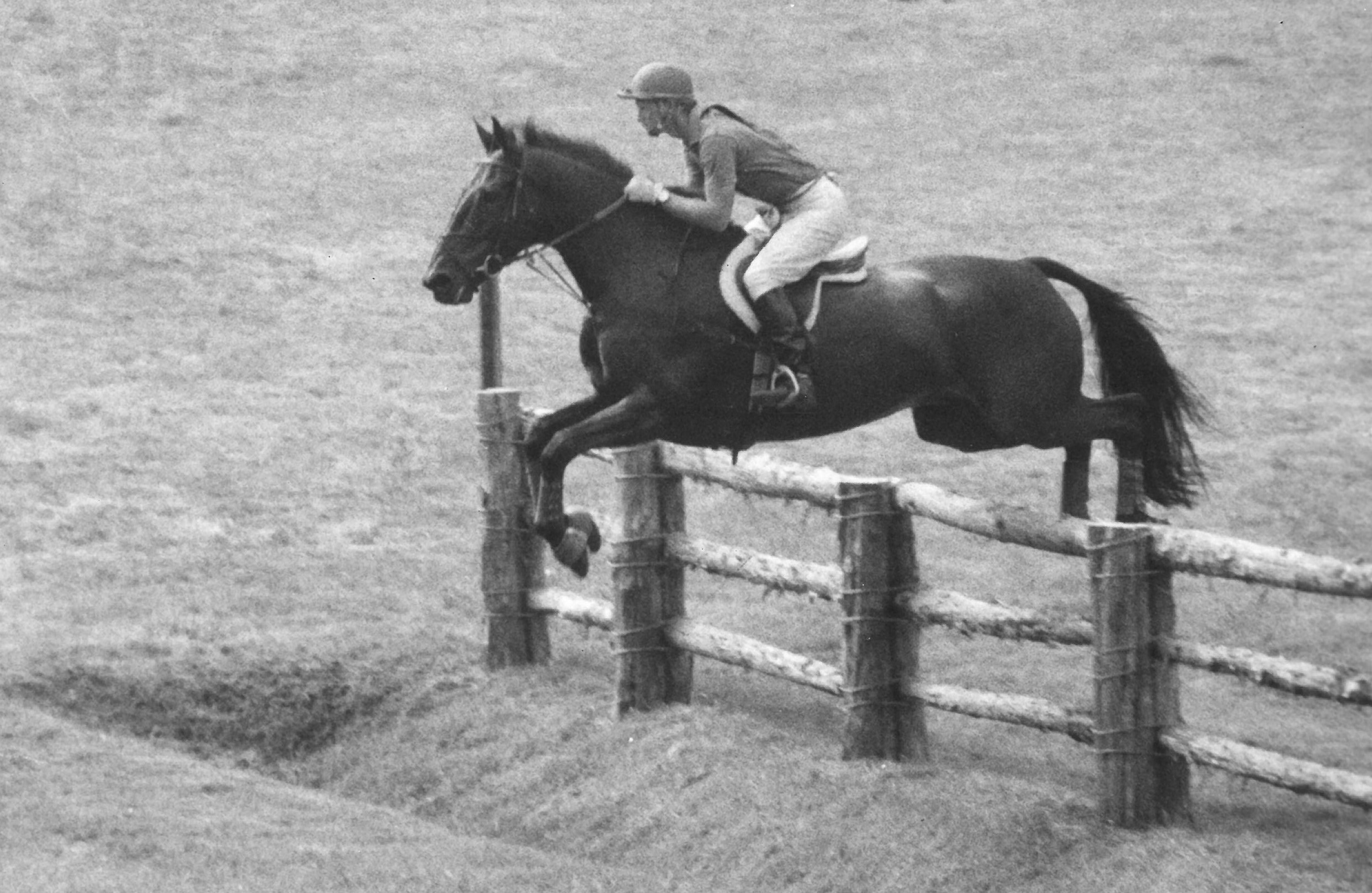
Footing
First and foremost, the footing has to be acceptable in every setting of a horse’s work leading up to a Classic Series event. “Right now, we’ve got a hard, hot, dry summer all across the East Coast. We have to take special care of the footing. I would do long, slow canters in a sand arena, if that’s the only place where the footing is acceptable. It’s terribly boring but the horses will stay sound,” said Wofford.
“If you take them out and canter them in a field, two to three times in a row, then they are going to show evidence of jarring and soreness. They might not be lame yet, but they are headed in that direction. You just absolutely cannot canter them on hard ground.”
“Certainly, the footing that we work in for dressage and jumping should be good too.”
The Six-Week Conditioning Schedule
“About six weeks out, I would put my horse on a five-day rotation. By rotation I mean, what activity I do each day. For example, on day one, walk the horse out and do dressage. On day two, walk the horse out and practice show jumping. On day three, walk the horse out and do dressage. On day four, do some kind of cardiovascular work. On day five, the horse should only walk. On this day you’re not pestering him about being on the bit, you’re just hacking out. On day six, repeat day one.
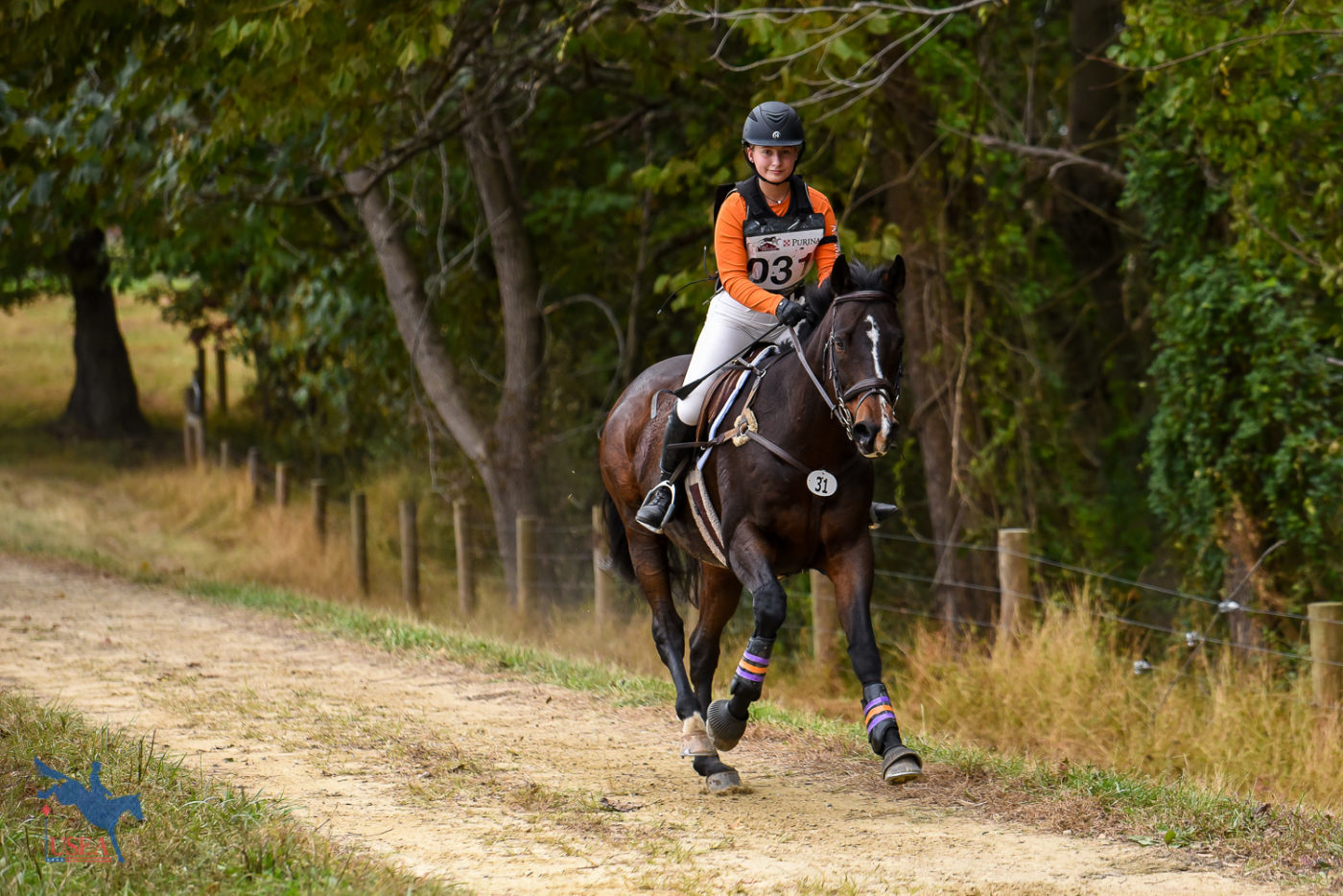
During that six-week period, Wofford recommended competing in at least one regular horse trial as practice, and to use cross-country as day four in the five-day rotation. “I would count backwards from the cross-country day of competition and that would tell me when my last canter day would be. I count backward another five days and so on, and so on. That is how you develop a six-week schedule.”
“There are two different sets of records a rider should keep,” said Wofford. “I always make the point that the schedule is different from a diary. Your schedule says, ’Today you’re going to walk for 45 minutes and do 30 minutes of dressage.’ Your diary says, ‘Shoe off this morning, farrier not until Monday.’ Obviously, on Monday you’re going to be rescheduling your horse.”
Type of Cardiovascular Work
Depending on how far out the Classic Series event is, the cardiovascular day should either focus on aerobic conditioning or anaerobic conditioning. Wofford explained that canter sets help target aerobic conditioning. “The canter is 400 meters per minute or less, I prefer 350 meters per minute, but for some classic Thoroughbreds it’s hard to hold them at 350, and as long as they are on good footing, they don’t mind. Before the start of the six-week schedule, you should already be doing three four-minute canter sets with some trotting to warm up beforehand. About six weeks out, you should move them up, which means repeating the canter set every five days for three to four times in a row.”
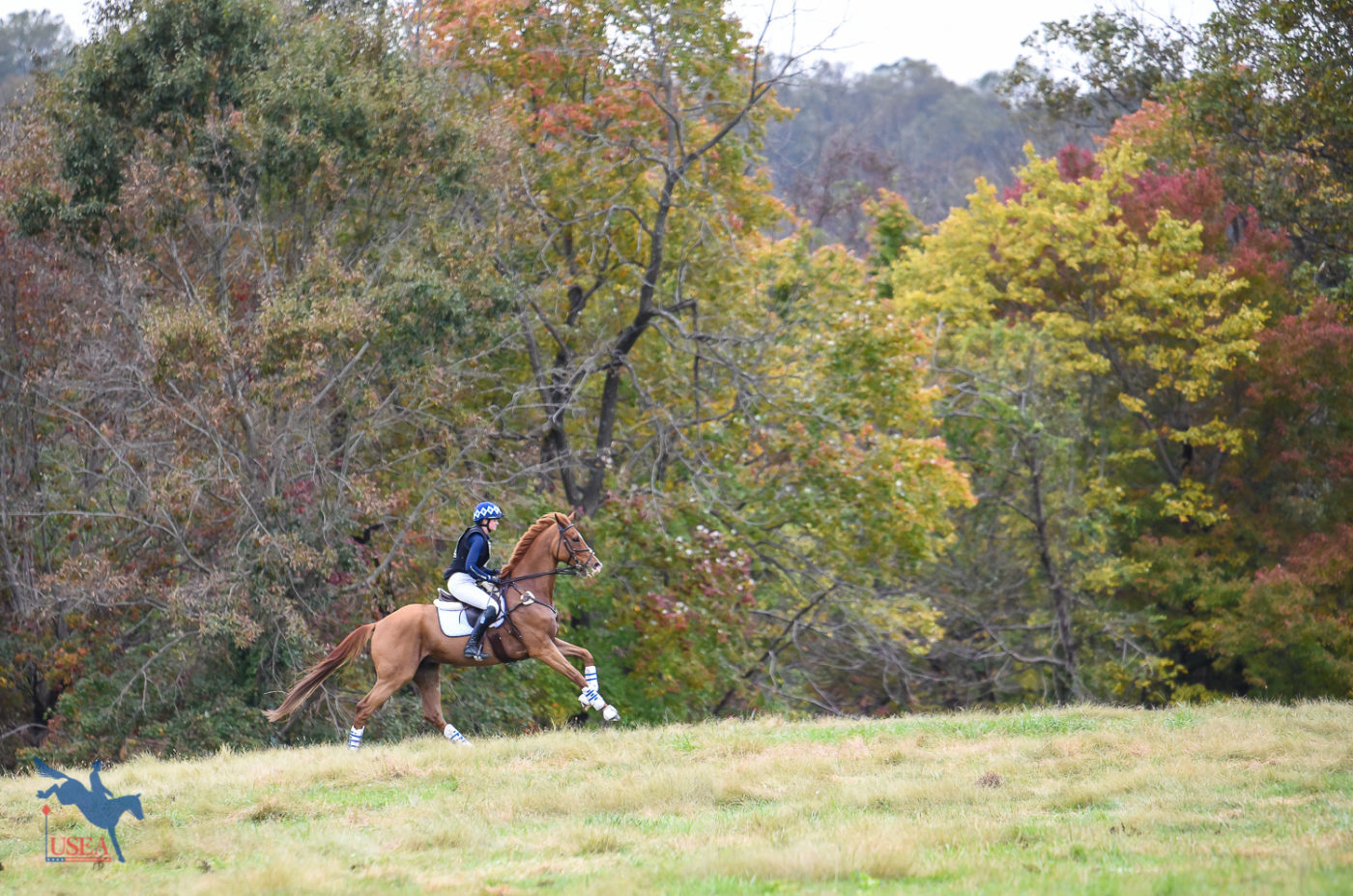
“At approximately four weeks out, I focus on anaerobic conditioning to prepare for steeplechase.” This is done through hill work, and Wofford explained, “The reason I use hills instead of speed, [is because] the incline will provoke the horse’s cardiovascular system in a safer way than galloping faster on flat ground. Speed lames the horse.”
Wofford also stressed the importance of conditioning of different types of horses. “For the Quarter Horse, take him someplace that has hills and canter him up the hills. If the ground is hard, warm him up in a riding arena with good footing and then take him out and slow canter up the hill and walk down. If you have one long medium hill, and he really puffs when he gets to the top of it – you’ve done enough for the day. But, you are going to have to work to make sure he gets fit enough. Do this by repetition up the hill, not by going faster. If you have a Thoroughbred and you canter to the top of the hill and you have difficulty pulling up, he’s probably fit enough. A horse that really puffed, I’d come back five days later to repeat that hill and maybe do it another time. It’s hard to say exactly how much to do, and I think you have to be guided by your horse.”
Steeplechase Practice
The USEA Classic Series Guidelines outline the steeplechase speeds for every level from Beginner Novice through Preliminary level, and these speeds can be faster than what some competitors have ever gone before. Wofford advised, “Sometime in the six-week period, if you have never done steeplechase before, you should arrange a steeplechase schooling day.”
“You need to have that practice, otherwise you will be terribly nervous, and your sense of pace will not be accurate.”
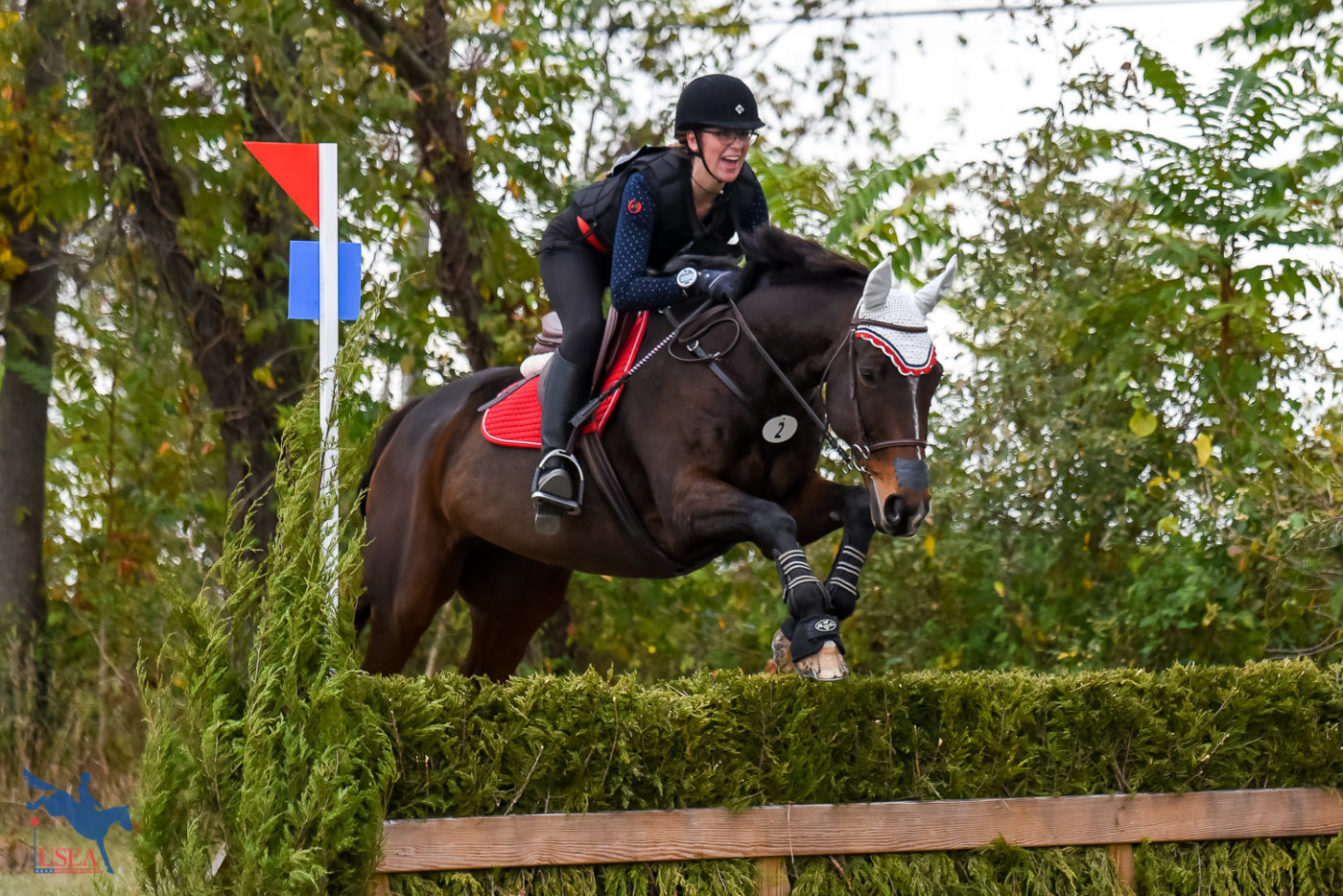
The Walk
Since the 1960s, Wofford has trained countless horses for long format events and there is one practice he doesn’t include in his schedule and that is trot sets. “If you total up the amount of time you spend trotting during your dressage session, you’ve done your trot set – and you’ve done them on good footing in a controlled setting.” Instead of trot sets, Wofford utilizes the walk. “The reason why I’m such a big fan of walking is because the walk is the gallop in slow motion with no impact. Both paces are four-beat. Your training your horse’s galloping muscles without breaking him down.”
“For walking out, I think the Novice horse in the last three weeks of your preparation period should be walking for at least one hour in addition to the technical work. On days when he is doing his cardiovascular work, he doesn’t need to walk out. I would like the Training level horse in the last four weeks to be walking out for an hour plus in his work. The reason for all this walking is to get your horse as fit as possible without breaking him down.”
“This is my system, and there are other very successful event trainers who use a different system and they were very successful in that system but, the point is they had a system. Any system beats no system.”
About James C. Wofford
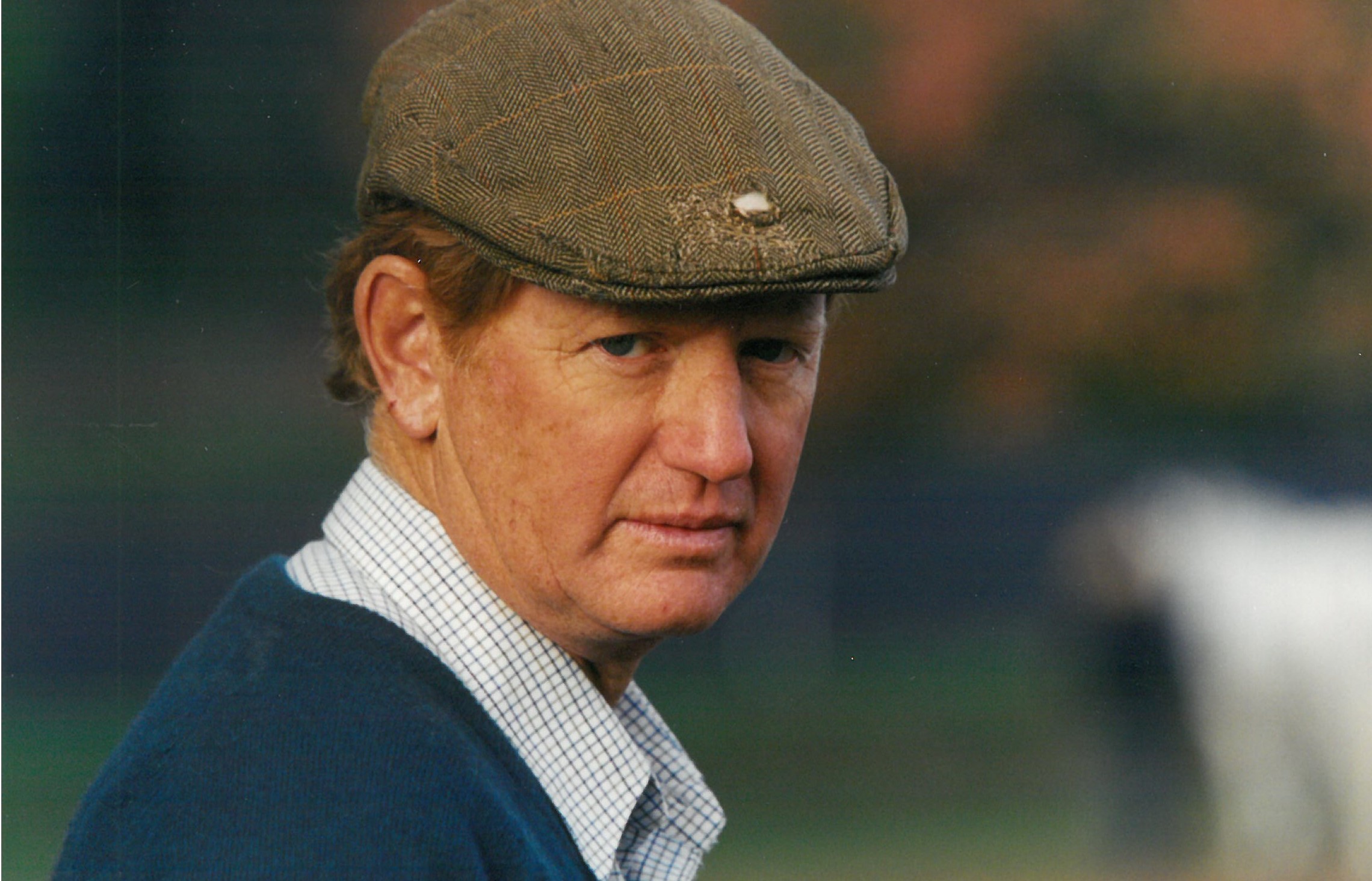
James C. "Jim" Wofford, was born and raised on a horse farm in Milford, Kansas. He is a graduate of Culver Military Academy and the School of Business at the University of Colorado with a B.S. in Business Administration. Wofford, a three-time Olympian, has spent his life with horses, and is one of the best-known eventing trainers in the world today. In 2000, Wofford was listed by The Chronicle of the Horse as one of the “50 Most Influential Horseman” of the 20th century, and in January of 2012, he was awarded the United States Equestrian Federation Trophy for Lifetime Achievement, horse sports’ highest honor. A Hall of Fame member of both the United States Eventing Association and Culver Military Academy, Wofford trains at his farm in Upperville, Virginia, and travels extensively teaching and giving clinics.
Wofford has had at least one student on every U.S. Olympic, World Championship, and Pan American team since 1978. All four members of the U.S. Bronze medal team at the 2000 Sydney Olympics, including David O’Connor, the individual gold medal winner, were graduates of Wofford’s program. In addition, three out of the four members of the 2002 gold medal team at the World Equestrian Games were his former students. Kim Severson, the individual silver medal winner at the Athens Olympics, and Gina Miles, the individual silver medal winner at the Beijing Olympics, are both graduates of Wofford’s program.
Wofford was named USOC Developmental Coach of the Year in both 1998 and 1999. Widely sought after as a clinician and coach, Wofford is equally well known as an author and television commentator. Wofford has maintained a lifelong involvement in the administration of his sport, both nationally and internationally. This continues a family tradition; his father was a founding member and the first President of the U.S. Equestrian Team. He has served as president of the United States Equestrian Federation, 1st vice-president of the United States Equestrian Team, and secretary of the U.S. Eventing Association. He served two terms as a member of the FEI's Eventing Committee, including four years as vice chairman. In addition, he has served on numerous other committees during his career.
About the USEA Classic Series
The USEA Classic Series keeps the spirit of the classic long format three-day events alive for Beginner Novice through the Preliminary levels. Competitors can experience the rush of endurance day, including roads and tracks, steeplechase, the vet box, and cross-country, as well as participate in formal veterinary inspections and educational activities with experts on the ins and outs of competing in a long format three-day event. Riders who compete in a USEA Classic Series event during the year will have the chance to win a variety of prizes at the events from USEA sponsors. Click here to learn more about the USEA Classic Series.
The USEA would like to thank Bates Saddles, FLAIR, FITS, SmartPak Equine, Parker Equine Insurance, and Stackhouse & Ellis Saddles for sponsoring the USEA Classic Series.

